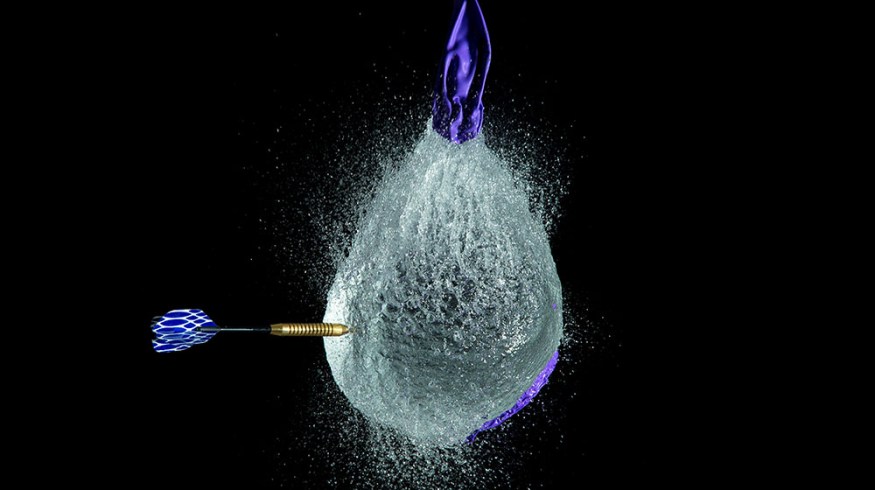
How to Achieve Perfect Slow-Motion Results in Post
Overcranking in camera will give you the option to achieve beautiful slow-motion work in post. But if you don’t follow the right formula in the editing room, your results will be less than ideal.
The 180 degree shutter rule states that your shutter speed needs to be double that of your frame rate. So if you’re shooting at 24p, you’ll want your shutter speed to be set to 1/48. If your shutter speed is any higher or any lower, you’ll get unwanted results — either a sharp “fast-frame effect” or a slow-motion blur.
If you’ve been shooting for a while, then this may be second nature to you. But in the editing room, things can often get confusing for filmmakers…

Let’s assume you’ve captured a 48fps clip at a 1/96 shutter speed. In post, if you were to slow that clip down to 50%, you’d end up with a perfect slow-motion effect since it would effectively play back at 24fps with a 1/48 shutter. But if you didn’t slow that clip down at all, and just dropped it into a 24fps timeline, you’d essentially be working with a 24p equivalent shot that has a 1/96 shutter speed instead of 1/48. This would give your footage that fast-frame look I described earlier and clearly wouldn’t adhere to the 180 degree shutter rule.
The point of all this, is that it’s very important to know the exact percentage you need to slow your footage down in post in order to maintain that 180 degree shutter. The 48fps example is an easy one, since it’s exactly double that of 24fps.

Here are some common overcranked frame rates with the respective percentages they should be slowed down to in post (in a 24p project/timeline):
- 30fps = 80%
- 48fps = 50%
- 60fps = 40%
- 80fps = 30%
- 96fps = 25%
- 100fps = 24%
- 120fps = 20%
- 150fps = 16%
- 180fps = 13%
- 240fps = 10%
If you’re working with a frame rate that’s not on this list, you can simply use this formula to calculate your target percentage:
24 / Amount of FPS = Slow Motion Percentage.
And of course if you’re shooting in a different frame rate (such as 25fps PAL or 30fps NTSC), then simply use your project frame rate in place of “24” in the formula. The video below from Vimeo user –jL explains shutter speeds in detail and has some great examples of how different shutter speeds will affect your footage.
Got any additional slo-mo tips for your fellow videographers and filmmakers? Share them in the comments below!





